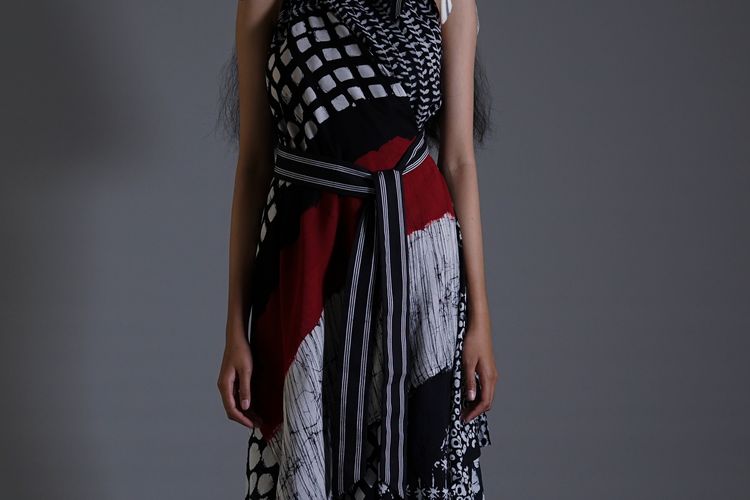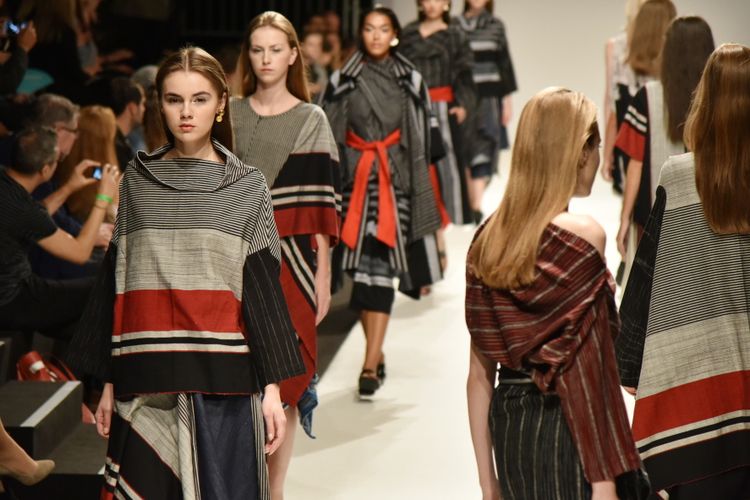Indonesia’s Lurik Fabric: From Downscale Item to High Fashion

Also read: National Batik Day: Making Indonesias Art Form Relevant Even in the Time of Coronavirus
Batik expert Achmad Ilyas explained that traditional fabrics such as batik and woven fabric have evolved. In the past, the traditional fabric had detail-rich motifs and rules.
In the 1970s, Ilyas added, it was the downfall of the traditional fabric which he described the era as “dark ages.” Craftsmen who produced handmade or painted batik faced challenges in the wake of printed batik.
Later on, the late batik maestro Iwan Tirta came up with his design featuring brighter colors and modified motifs for batik in the 1980s. Since then, traditional fabrics regained their popularity and they are even regarded as formal clothes.
“Nowadays, the most important thing is the final result,” Ilyas said.
Ilyas also said that people play a significant role in determining whether a fashion design will be accepted or ignored. In the previous decades, artisans would directly contact the fashion designers to customize the designs for the market.
“A fashion designer plays a vital role to enhance the economic value of traditional fabric,” Ilyas added.
Sharing similar sentiment with Ilyas, Lulu said that he tries to bring innovation when designing the traditional weaving fabric.
Therefore, his fashion design does not follow the traditional mindset. "It's always been natural for me to act boldly, ha ha," he said.
He disagrees with the idea of labeling people. “[What happened in the past] was part of civilization but I don’t agree with assigning social status labels,” Lulu told go.kompas.com recently.
Fashionwear for everyone
In 2013, Lulu opened his boutique in Yogyakarta, the historic cultural city in Indonesia. He hired 25 workers and two lurik artisans.
He chose Yogyakarta because it is a suitable place for finding inspiration and a laid-back city where people preserve aspects of traditional life. “Simple is a good fortune.”
One of his loyal customers is Indonesia’s Foreign Minister Retno Marsudi. The minister often wore Lulu’s lurik weaving fabric during formal meetings. “The cloth is good on her because it represents her personality,” said Lulu.
Also read: How Indonesian Batik Became a UNESCO Intangible World Heritage


































